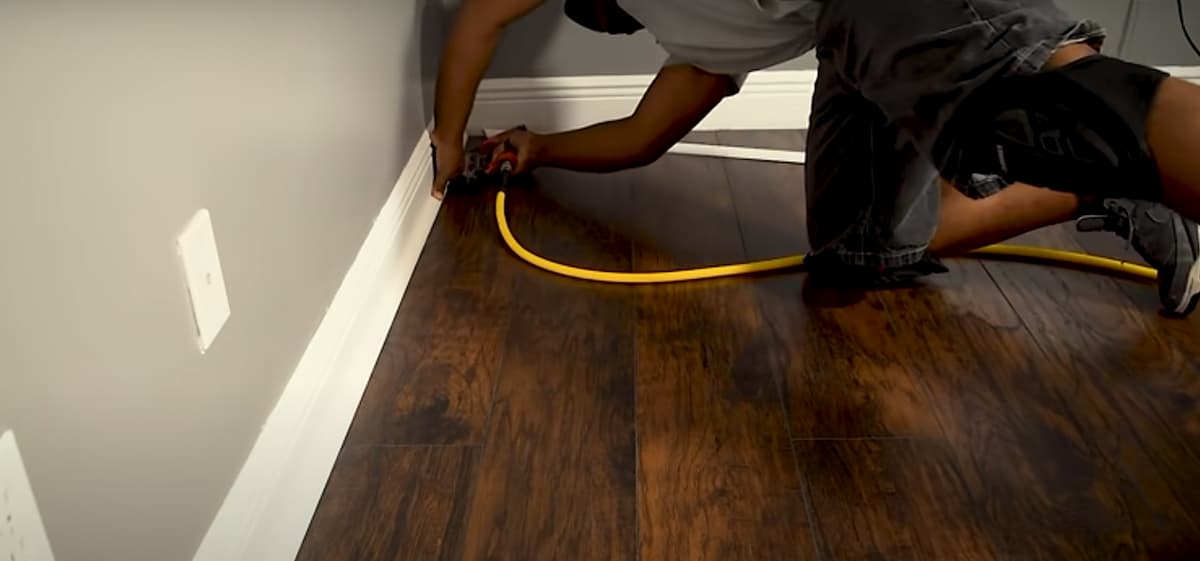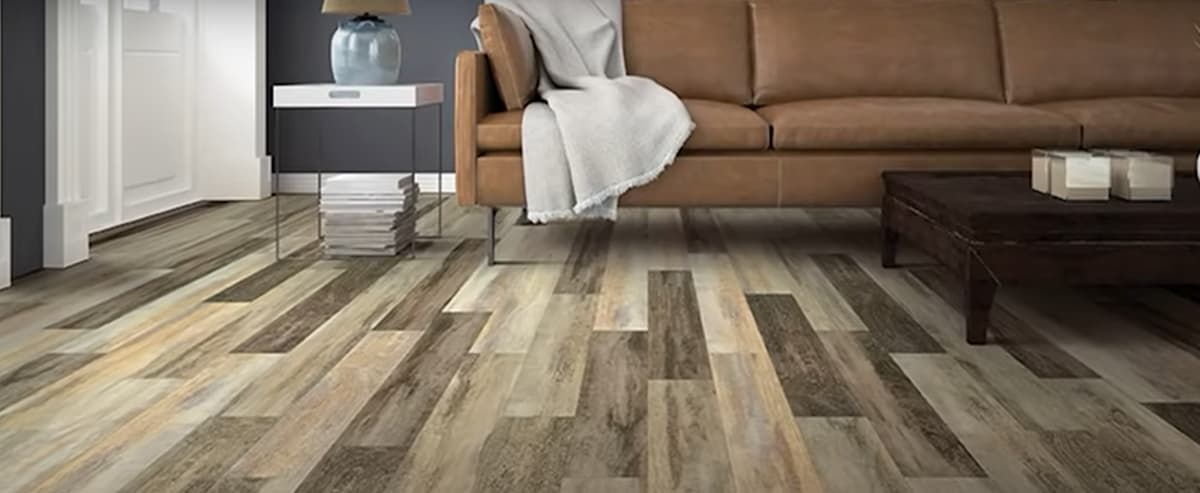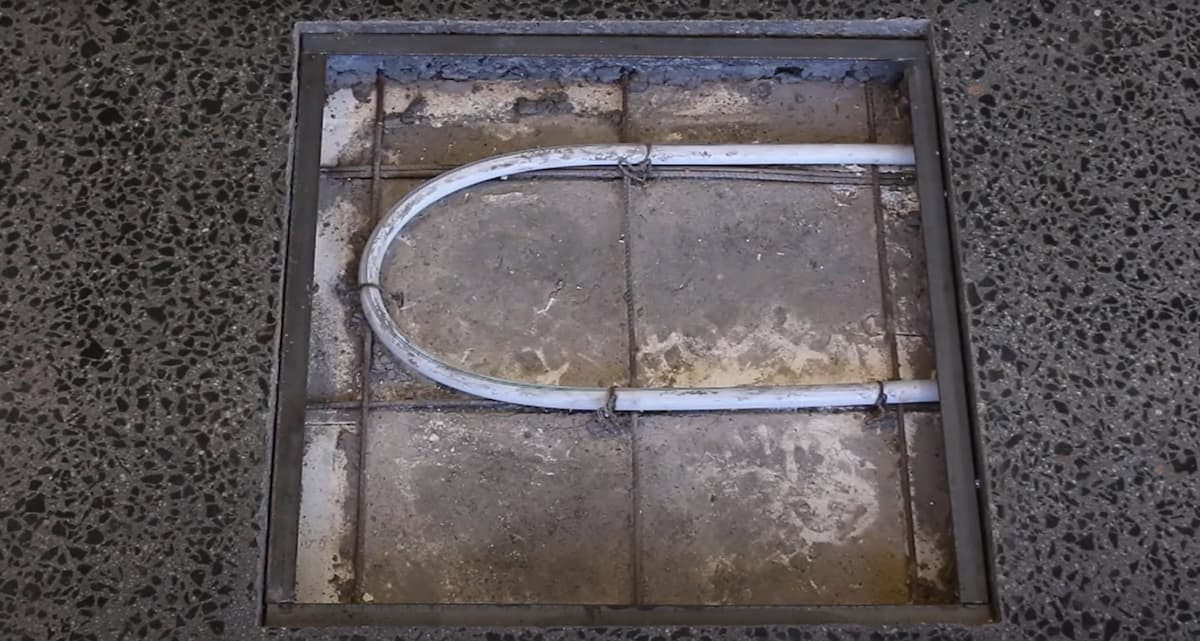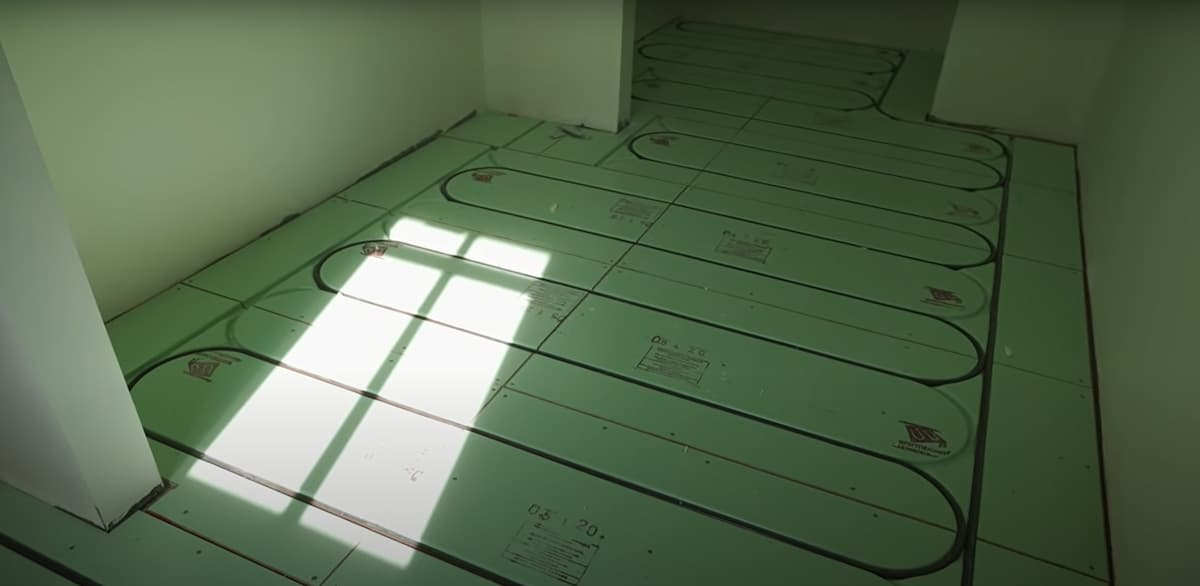Let’s begin at the beginning, you’ve probably heard people use the word “floating floor” but have no idea what it implies. In fact, a floating timber floor “floats” over your current floor due to the simple, straightforward, and secure click-joint profile on many engineered wood flooring, which has helped to make floating method installation popular among homeowners.
There’s a lot to consider when evaluating the many different hardwood flooring alternatives, but there are several benefits to floating wood floors, especially if you’re doing it yourself. Floating wood flooring is simple to install and goes down quickly, so it’s a great choice for homeowners searching for a low-cost option that still looks and feels like real wood. Floating wood floors are an excellent alternative for individuals seeking a low-cost solution with the look and feel of hardwoods.
What are Floating Floors?
Floating floors are flooring systems in which the floor covering “floats” above and below the subfloor. Solid wood floors have a beautiful appearance that floating timber floors try to duplicate. The appealing look of a solid wood veneer is provided by an engineered wood veneer above composite core layers. Engineered hardwood floors float over the subfloor via a click-and-lock method of installation.
Another term for a floating floor is click-and-lock floor since the installation process of these floors begins with “clicking” the boards together and using a “mallet” to lock them into position by applying firm, even pressure.
The most popular method of installing engineered hardwood floors involves attaching the planks to each other with locking systems that are either driven into the end grain or inserted into grooves in multiple pieces. There are several options for a floating floor, including laminate floating flooring, engineered flooring, hardwood floors, and hybrid flooring.
What to Consider When Purchasing a Floating Floor
Take into account your busy schedule, family life, and financial constraints while deciding on flooring materials. After weighing the following factors, talk to the specialists:
- Some floating floor materials may fare better against scratch and stain than others, especially if you have a family home with little children and animals.
- If you want floating floors for the entire house, hybrid floating flooring or water-resistant laminate flooring are excellent alternatives.
- Engineered hardwood flooring has a natural solid wood surface above core layers, mimicking the look of real timber floorboards but with the easier floating floor installation technique.
Benefits of Floating Timber Floors
Floating wood floors are the most affordable hardwood flooring option because they are the easiest to install. Traditional solid timber flooring is expensive and requires expert installation. Floating timber floors are less expensive than traditional boards, but still, have the same appearance for a fraction of the cost. Although some types of floating floors may be more vulnerable to scratches compared with traditional floating floor boards, engineered hardwood remains durable while offering the look of real hardwoods at a lower price point.
Laminate is slightly different from engineered or natural wood floating floors in its material composition. Laminate is best described as a high-quality fake veneer attached to composite materials that feel like real wood when you walk on it. However, if cared for properly, laminate flooring may last for years without visible signs of wear and tear.
Some of the benefits include:
- Suitability for both apartment units and unit blocks
- Simple and easy installation
- Wide variety of colours and styles
- Affordability
- Easy maintenance and repair
Downsides of Floating Floors
Floating floors are not appropriate for every home. They are less durable than traditional solid timber floating floors since they can be scratched more easily. Laminate floors are also vulnerable to moisture, so they require sealing. Fixing minor scratches may be expensive because of the laminate or engineered hardwood surface that requires professional assistance. Warranties are usually shorter compared with traditional wood flooring warranties because natural floating floors’ material composition is different from solid wood boards’.
Just like any other product, warranty length varies between brands and manufacturers of floating floors so always read the fine print on the warranty first before making a purchase decision. Consider durability along with how often you plan on moving out of your house while deciding on which type of flooring to install. Always use a professional installer for floating floors, as they are more complicated to install than traditional solid wood floorboards.
Some of the main downsides are:
- Low stability
- Cannot be sanded down or re-polished
Floating Floor Types
There are a couple of major floating floor types, such as:
- Engineered timber flooring
- Hybrid flooring
- Laminate flooring
- Bamboo flooring
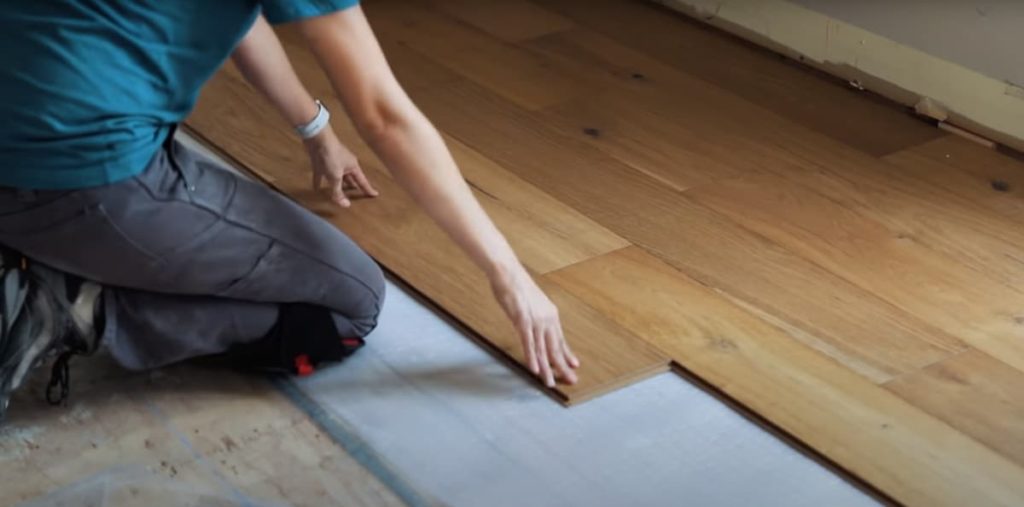
Engineered Timber Flooring
Engineered flooring refers to wood boards that are manufactured with an engineered veneer top over a composite base. The manufacturing process amplifies the natural properties of each board, making it more durable and long-lasting with minimal upkeep required.
Engineered timber floors are most popular for their affordability, ease of installation, durability, variety in style and design, fewer maintenance requirements, water resistance, waterproof nature, suitability for pets, natural solid appearance without the high price point of traditional wooden floorboards. Engineered hardwood is versatile with regard to usage although some types may perform better than others if you have children or pets.
Hybrid Flooring
Hybrid flooring is a new type of flooring that combines the best features of vinyl and laminate floors to create a superior floating floor.
Hybrid floors are made up of a number of layers of materials pressed together and come in a variety of shapes, patterns, and designs. The top layers are a UV-coated wear and tear layer, a decorative print with the desired design, and a composite core board that is waterproof and sturdy. Finally, there is an acoustic backing that improves foot comfort while reducing sound reflection.
Laminate Floating Timber Floors
These are the most popular type of floating floors in Australia. They look like real solid hardwood but do not have the same quality and durability. Laminate timber is a great option for people who want to change their flooring at a low cost with minimal effort. It’s very easy to maintain laminate flooring in comparison with other types of floating floors because it doesn’t scratch or dent easily in high-traffic areas thanks to its thick wear layer that protects from daily wear and tear.
Bamboo flooring
These are made from pressed bamboo sheets which are then glued onto a backing material such as plywood or fiberboard to create a finished product that looks just like any other type of wooden floor. The top surface has been textured and is UV-coated. Bamboo floors are more expensive than laminate flooring but offer natural beauty, durability, and come in a variety of styles and shades to suit your taste.
How do floating floors work?
Floating timber flooring or floating hardwood floorboards don’t need to be nailed down as they can lay directly on top of the subfloor. This leaves the floor free from any nails which might harm pets or small children if they step or fall against them. After removing all old carpeting and/or tiles, the next step is to inspect the condition of the subfloor where you plan on installing your new flooring.
The subfloor may be flat, firm, smooth and adequately supported. The installation process is different for each type of flooring. After this is done, you simply click your floating floor pieces together and place them in an area where your furniture may go.
How Long do Floating Floors Last?
Floating wood floors are hard-wearing and durable thanks to their protective finish that’s designed to protect them from children, pets, spills etc. With proper care (i.e. cleaning and maintaining), engineered timber floors can last 20+ years however most types of laminate or faux floorboards need replacement after about 10 years.
You don’t have to worry about sanding down or re-oiling engineered hardwood flooring. All you need to do is sweep or vacuum the surface regularly and use a damp mop if spills occur. Some inexpensive models don’t have very effective water displacement so it’s best to buy a better quality model that won’t leave behind any stains or discolouration on your new flooring.
Why Choose Floating Hardwood Flooring?
When it comes to the many numerous hardwood flooring alternatives, there’s a lot to consider, but floating wood floors have a lot going for them, especially if you’re doing it yourself. This type of flooring stands up extremely well and is easy to install. Floating wood flooring is an excellent choice for homeowners searching for a simple floor covering that provides the look and strength of hardwoods.
- Highly Durable
One of the most significant advantages of hardwood floats is how long they last compared to other floating floor alternatives. Engineered hardwoods have greater longevity than laminate floors. You may refinish your float hardwood floors a few times after they become worn out if you choose one of the thicker wood flooring varieties.
When laminate flooring gets worn down, it could potentially be replaced in order to restore the appearance of the room. Floors made of other materials tend to endure long periods in comparison with properly maintained engineered wood floors, and floating wooden floors may provide you with that same degree of durability when they are installed correctly.
- Affordable
Floating timber floorboards are far more affordable to install than solid hardwoods, and they’re an extremely cost-effective method to improve the look of your floor. A floating wood floor may assist you to save money on both installation and material expenses compared to traditional hardwoods if you’re looking to improve the appearance of your home while staying on budget.
If you love what you see, it may be well worth your while to hire a professional flooring contractor to install the laminate flooring. The most important thing is that they are manufactured from fine materials and have smooth surfaces. They’re also made with environmentally friendly practices in mind, which means there’s no toxic finish or VOCs involved, therefore, using this type of wood on children’s toys or other types of products isn’t advised unless absolutely necessary. They can even be installed yourself if you want. Floating hardwoods are a great choice for homeowners who care about their health and the environment because they are non-toxic and have low VOC content.


